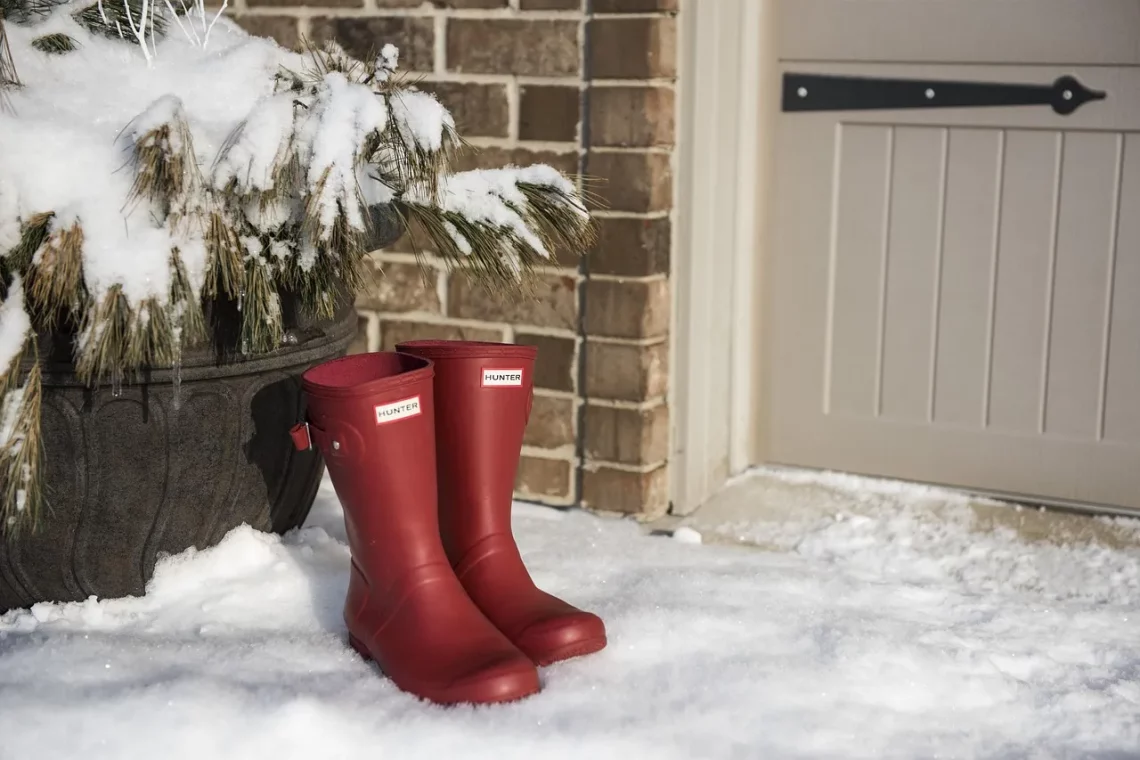
Essential Guide to Choosing the Best Snow Boots for Winter Adventures
When winter arrives, it brings with it a wonderland of snow-covered landscapes, perfect for outdoor adventures. Whether you’re planning a cozy trip to the mountains, an exhilarating snowshoe hike, or just a stroll through a winter park, having the right footwear is essential. Snow boots are designed to keep your feet warm, dry, and protected from the harsh elements, making them a crucial part of your winter gear. With the vast array of options available, choosing the best snow boots can seem overwhelming. Various factors such as insulation, waterproofing, traction, and fit play pivotal roles in the performance of snow boots, impacting your overall experience in snowy conditions.
Understanding these factors and how they align with your specific winter activities is key to making an informed decision. The right snow boots enhance comfort and safety while minimizing the risk of frostbite or slips on icy surfaces. Investing in quality snow boots not only elevates your winter adventures but also ensures you can enjoy the beauty of the season without the discomfort of cold and wet feet. As you prepare for winter escapades, consider the essential aspects that will help you navigate through the snow with confidence and ease.
Key Features to Consider When Selecting Snow Boots
When it comes to snow boots, various features are crucial to ensure you select the right pair for your winter adventures. The first aspect to consider is insulation. Insulated snow boots come with materials like Thinsulate or down, providing warmth in frigid temperatures. The level of insulation needed often depends on the climate in which you will be using the boots. For instance, if you are in an area that experiences extreme cold, opt for boots with higher insulation ratings. Conversely, if you’ll be in milder conditions, a lighter insulation may suffice.
Waterproofing is another crucial feature. Quality snow boots should be fully waterproof to keep your feet dry in snow and slush. Look for boots made from waterproof materials such as Gore-Tex or rubber, and pay attention to the construction. Sealed seams and waterproof linings will help ensure that moisture stays out.
Traction is equally important, especially when navigating icy or snowy terrains. The outsole of the boot should have a good grip, often featuring deep lugs or specialized rubber compounds designed to prevent slipping. Check if the boots have a tread pattern that suits your activities, such as hiking or walking on paved paths.
Lastly, consider the fit and comfort of the boots. A snug but comfortable fit is essential for warmth and mobility. Make sure to try them on with the socks you intend to wear to ensure they are not too tight or too loose. Adjustable features like laces, straps, or buckles can help you achieve the best fit, allowing for better support and stability while walking.
Types of Snow Boots for Different Activities
Not all snow boots are created equal, and understanding the types available can significantly impact your choice. If you’re planning a winter hike, look for lightweight, insulated boots that provide good ankle support. These boots often feature a higher cut to keep snow out and are usually designed with breathable materials to keep your feet dry from sweat.
For casual outings or walking in the snow, a mid-height boot might be suitable. These boots offer a balance of warmth, comfort, and style, often designed to be worn both on and off the trails. They may come with stylish designs, making them suitable for urban environments while still providing the necessary protection against the elements.
If you anticipate deep snow or extreme cold conditions, consider investing in expedition snow boots. These are usually bulkier and heavily insulated, designed for harsh conditions. They provide excellent thermal protection and are equipped with rugged treads for superior traction.
Additionally, if you enjoy winter sports like skiing or snowboarding, specific snow boots designed for these activities provide the necessary support and flexibility. These boots are typically stiffer and may include features like built-in gaiters to prevent snow from entering.
Maintaining Your Snow Boots for Longevity
To ensure your snow boots last for many winters, proper maintenance is key. Start by cleaning your boots after each use, especially if you’ve been trudging through slush or mud. Use a damp cloth to wipe the exterior and remove any dirt. For deeper cleaning, you may need to use a soft brush and mild soap. Avoid soaking the boots in water, as this can damage the materials.
Dry your boots properly after cleaning. It’s essential to let them air dry at room temperature. Avoid placing them near direct heat sources, as this can cause the materials to crack. If your boots have removable liners, take them out to dry separately to prevent moisture buildup.
Regularly check the waterproofing of your boots. Over time, the waterproofing can wear off, so using a waterproofing spray designed for the material of your boots can help maintain their effectiveness. If your boots have leather components, consider conditioning them to keep the leather supple and prevent cracking.
Lastly, store your snow boots in a cool, dry place when not in use. Keeping them in a breathable bag or box away from direct sunlight will help maintain their shape and functionality, ensuring they are ready for your next winter adventure.
Choosing the Right Fit: Sizing and Comfort
Selecting the right size and ensuring the comfort of your snow boots is paramount for an enjoyable experience in winter conditions. Start by measuring your feet, as foot size can change over time. When trying on snow boots, wear the type of socks you plan to use, as this can affect the fit.
A good fit means your toes should barely touch the front of the boot when standing but have enough room to wiggle when sitting. The heel should fit snugly without lifting, and the overall feel should be comfortable without pressure points.
Consider the width of the boot as well. Some brands offer different width options, which can make a significant difference in comfort. If you have particularly wide or narrow feet, seek out brands that cater to these variations.
Lastly, always walk around in the boots before making a purchase. Test them on different surfaces to see how they feel in terms of support and flexibility. A short walk can help identify any discomfort that may not be noticeable while standing still.
In closing, selecting the right snow boots is crucial for enjoying winter adventures safely and comfortably. Remember to consider features like insulation, waterproofing, traction, and fit. Whether you’re hiking through snow-laden trails or simply enjoying a winter stroll, the right pair of snow boots can make all the difference.
**Note:** This article is not intended as medical advice. Always consult a healthcare professional for any health-related concerns.




